I have not posted anything in ages on this blog... in the meantime I have been made aware (yet again) of the importance of communicating your findings to whomever is interested so I should perhaps advertise one of my most recent publications.
I recently published a long overdue paper in which I used a spatially explicit landscape simulation model (LANDIS-II) to simulate the effects of different restoration efforts on forest landscapes in Sweden to assess the level of mitigation that is needed to allow viable populations of the locally critically endangered White-backed Woodpecker. Here is the the full text (you can also ask a copy from me)
http://onlinelibrary.wiley.com/doi/10.1111/rec.12628/full
And not too long ago I finally saw my first wild white-backed woodpecker in Sweden! I had seem them in captive breeding in Sweden and in Bialowieza primeval forest in Poland, but never in the wild in Sweden. Great I finally saw one, all the way up in Umeå, so it was probably a recent immigrant from Finland. unfortunately I did not have my camera present so there won't be a nice white-backed woodpecker picture accompanying this piece but a boring forest restoration picture.
I recently published a long overdue paper in which I used a spatially explicit landscape simulation model (LANDIS-II) to simulate the effects of different restoration efforts on forest landscapes in Sweden to assess the level of mitigation that is needed to allow viable populations of the locally critically endangered White-backed Woodpecker. Here is the the full text (you can also ask a copy from me)
http://onlinelibrary.wiley.com/doi/10.1111/rec.12628/full
And not too long ago I finally saw my first wild white-backed woodpecker in Sweden! I had seem them in captive breeding in Sweden and in Bialowieza primeval forest in Poland, but never in the wild in Sweden. Great I finally saw one, all the way up in Umeå, so it was probably a recent immigrant from Finland. unfortunately I did not have my camera present so there won't be a nice white-backed woodpecker picture accompanying this piece but a boring forest restoration picture.
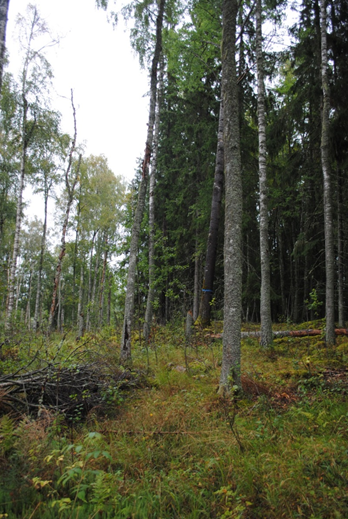
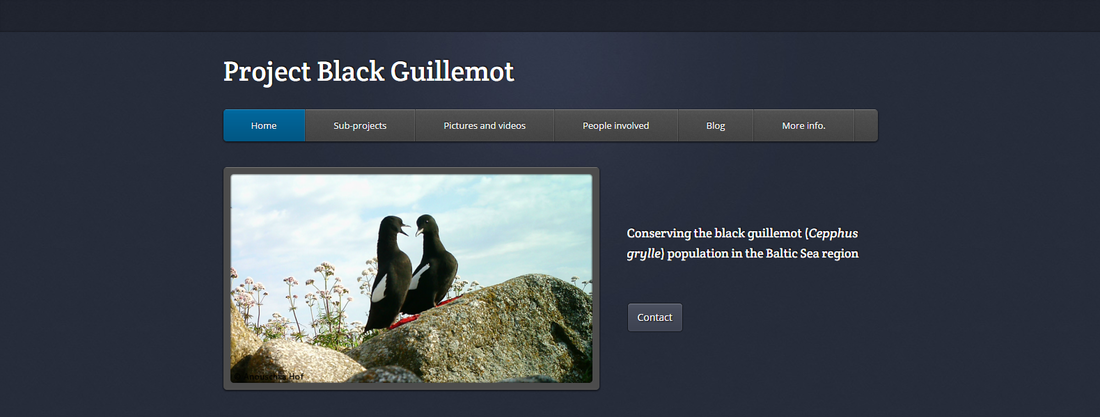
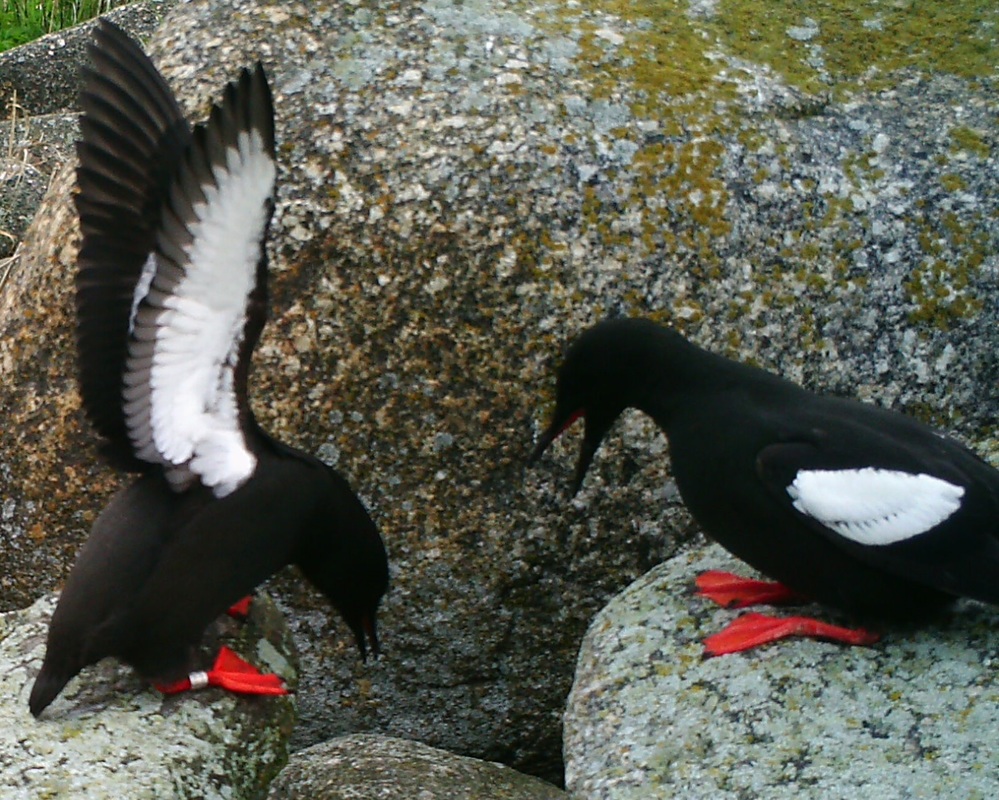
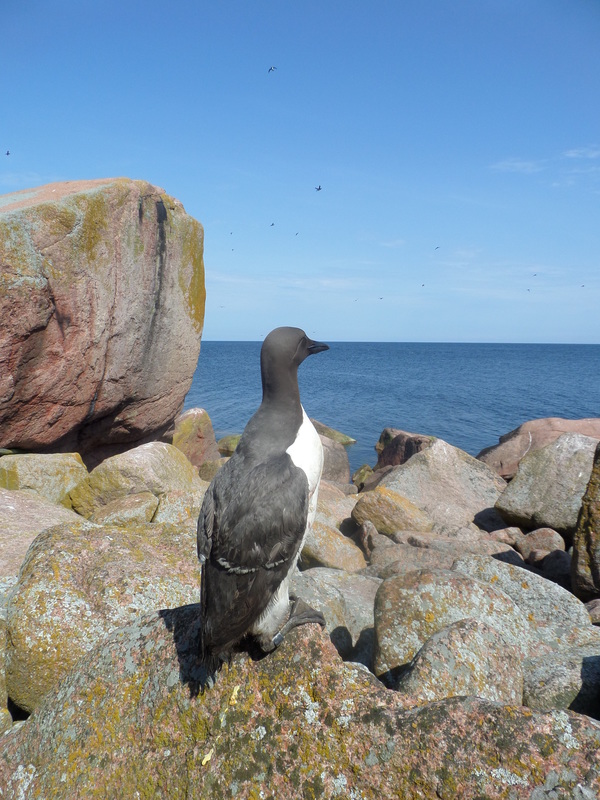
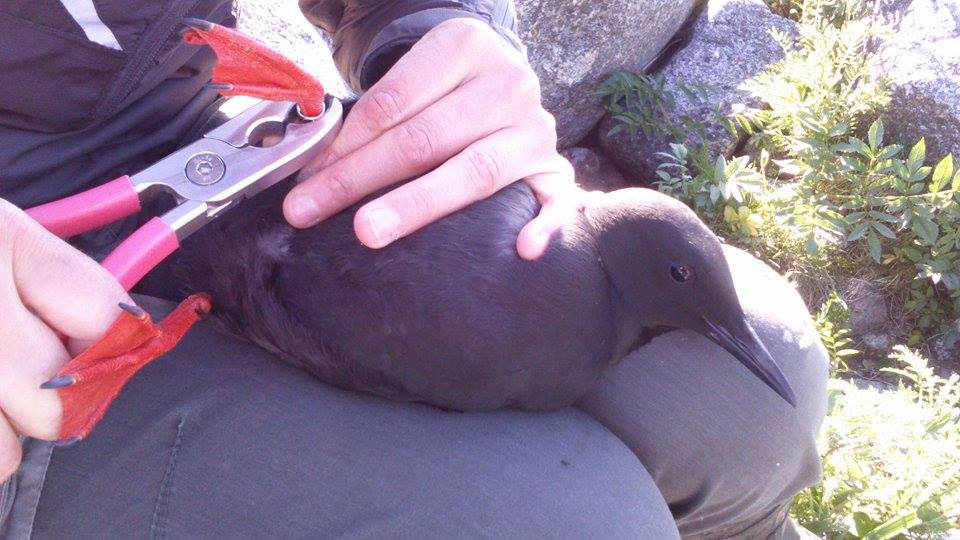
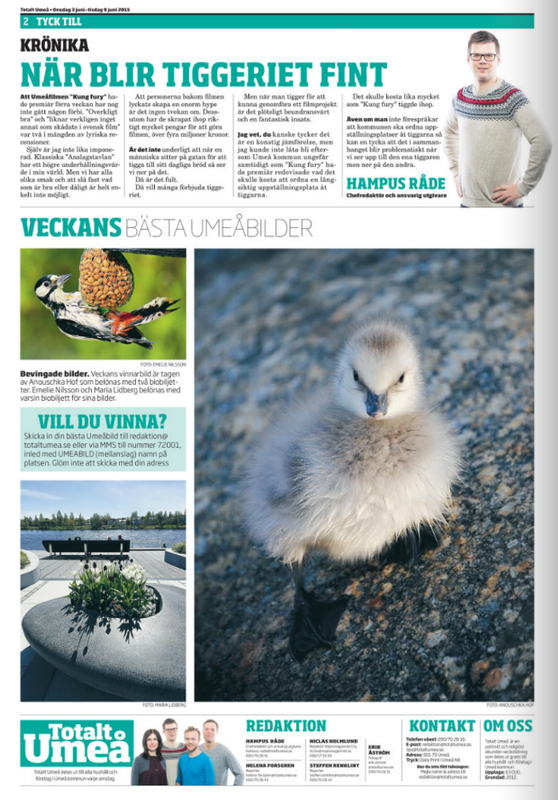

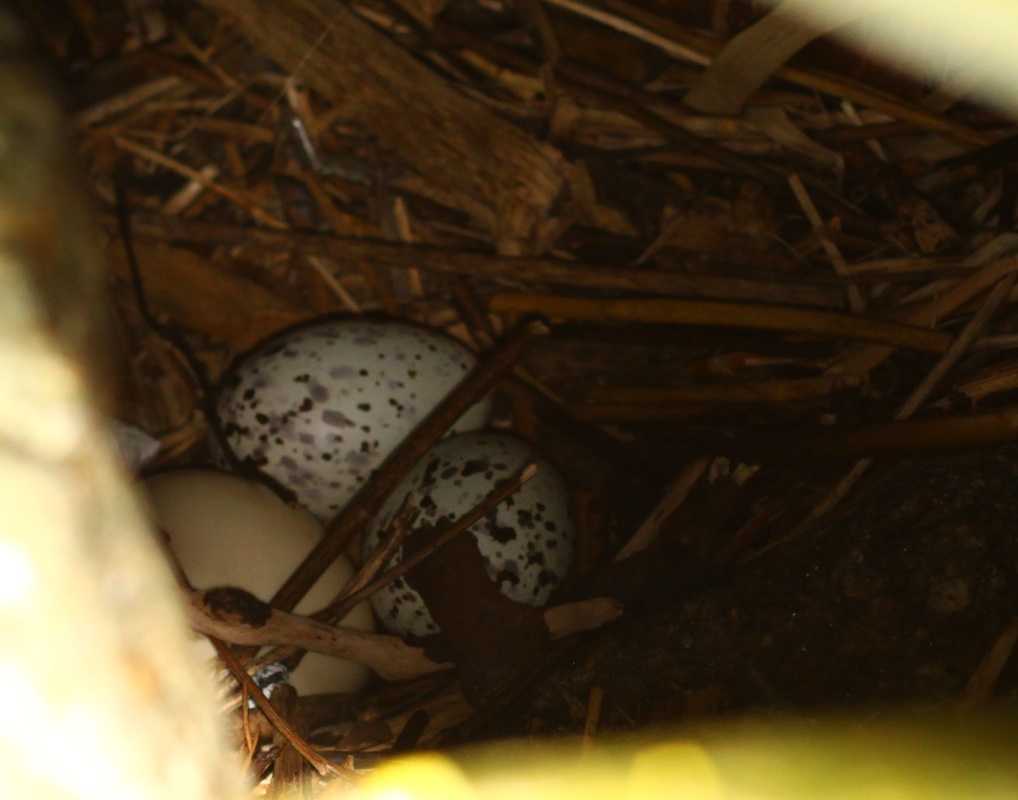
 RSS Feed
RSS Feed
